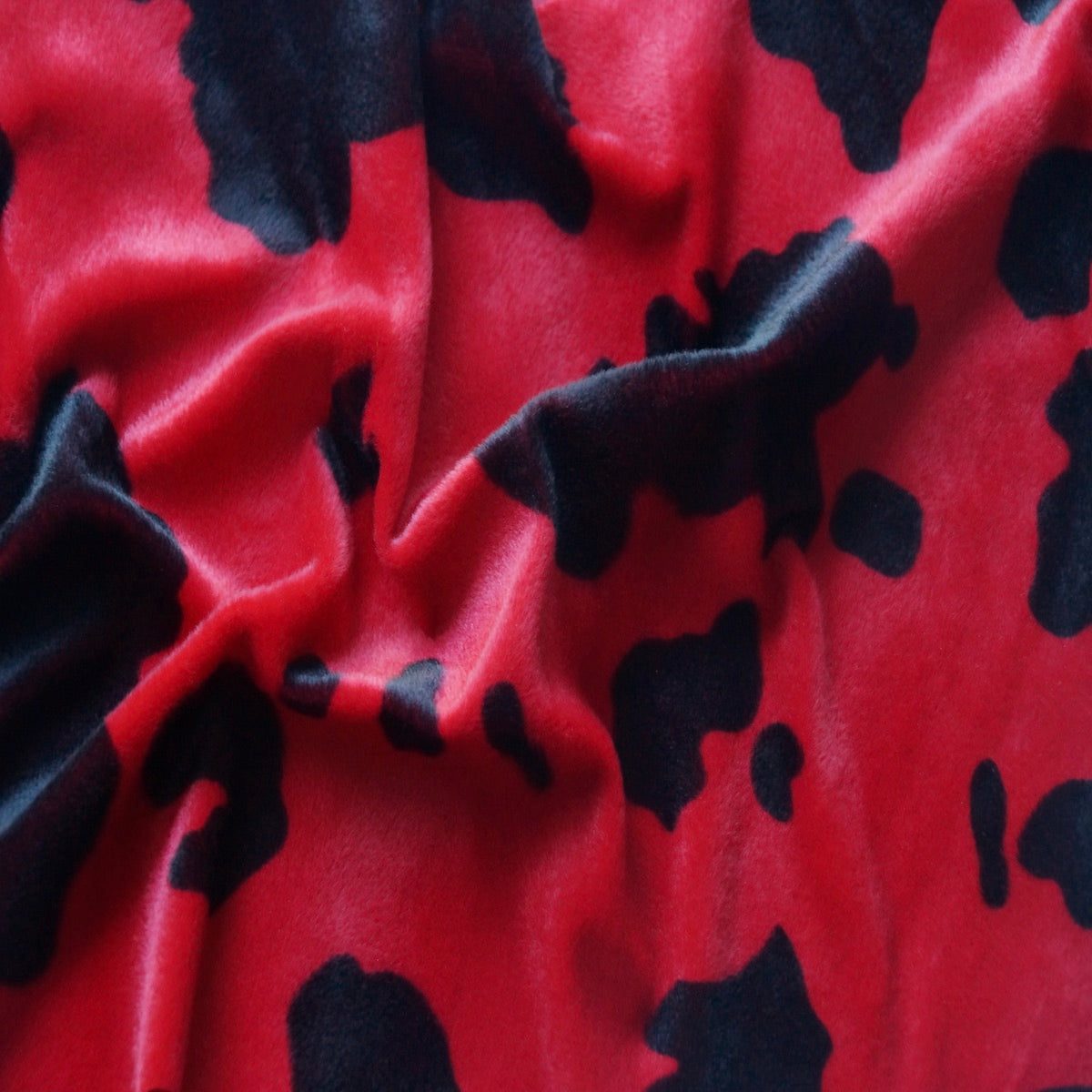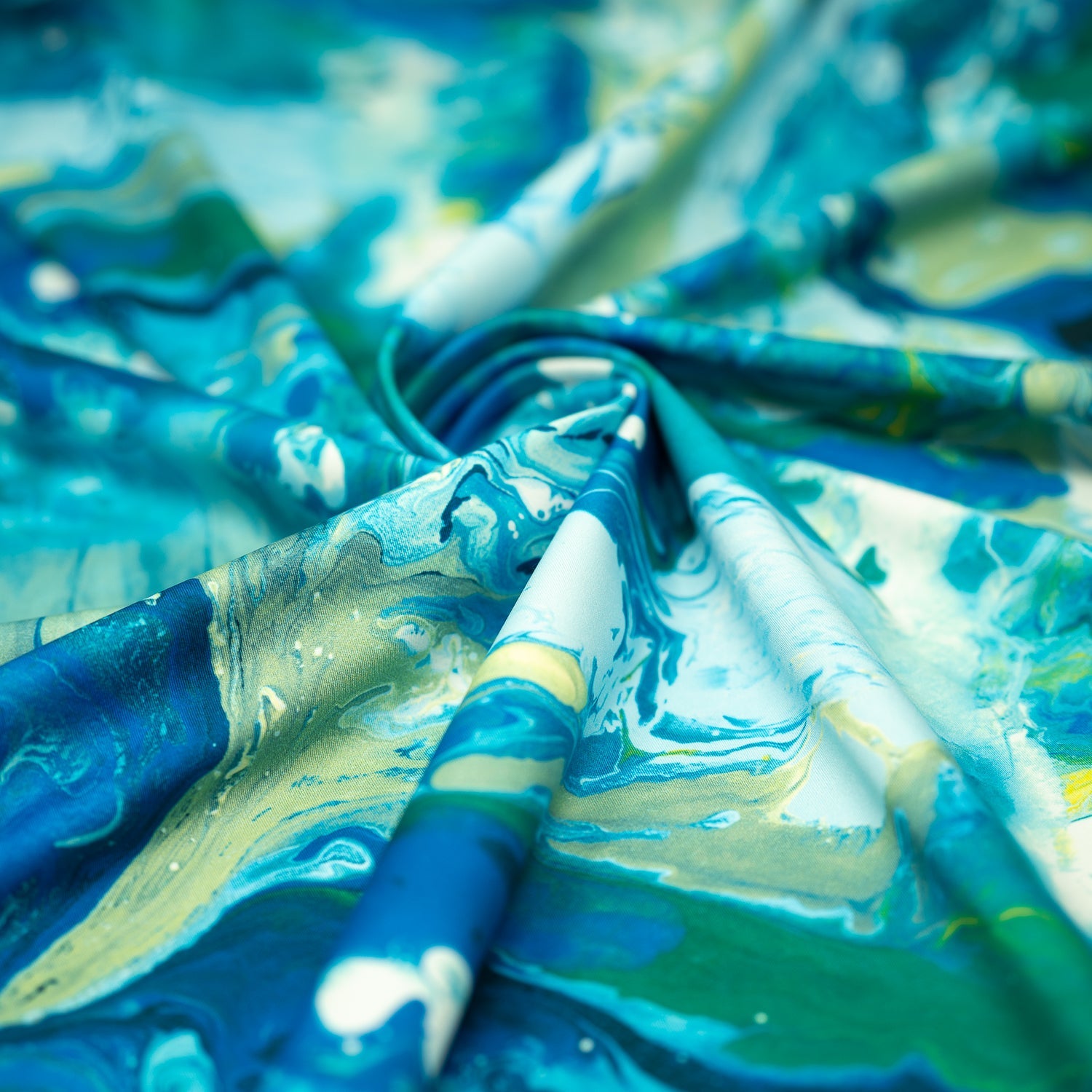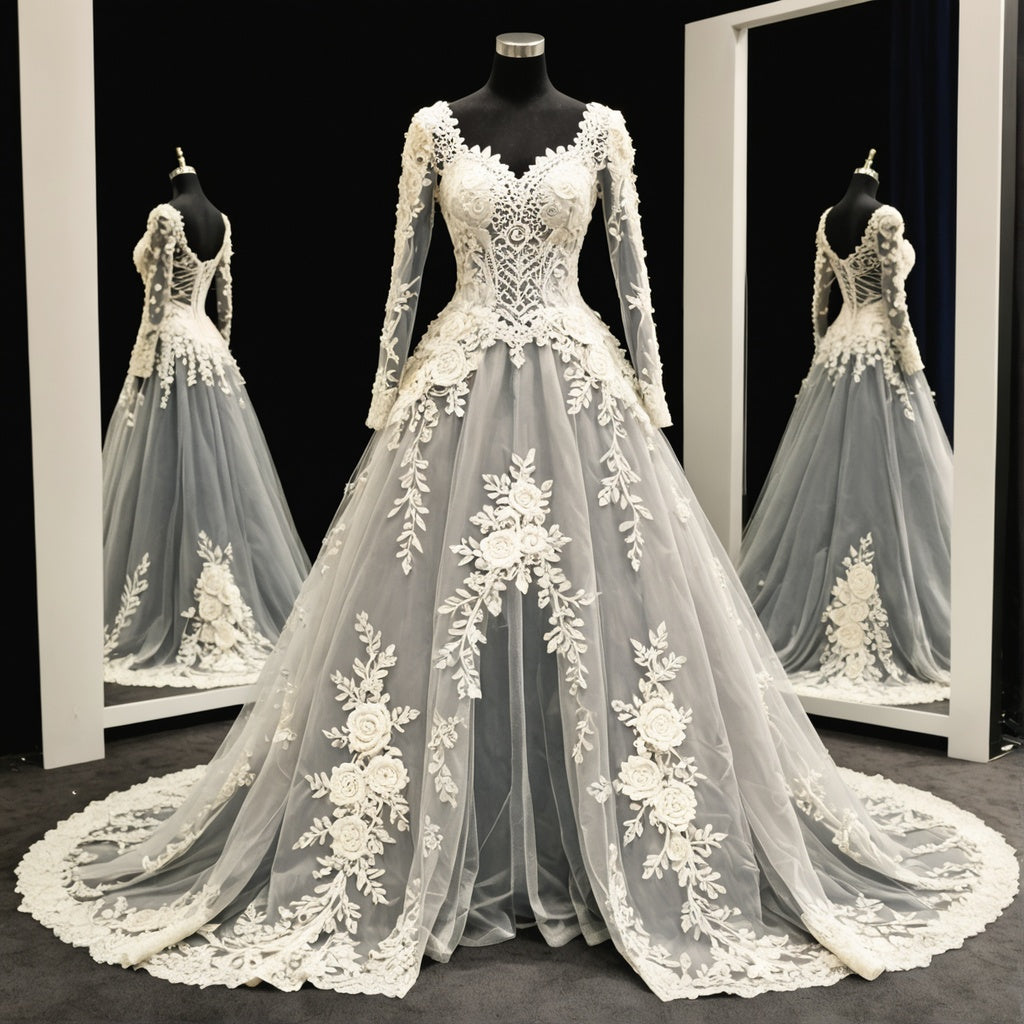Fabric, the foundation of clothing and textiles, is a material that has been used for centuries to create everything from simple garments to intricate works of art. It is made from a variety of fibers, and each fiber has its own unique set of properties. These properties can affect the way a fabric feels, looks, and performs.

Natural Fibers
Natural fibers are derived from plants and animals. They are often soft, breathable, and comfortable to wear. However, they can also be more expensive and less durable than synthetic fibers.
- Cotton is a natural fiber that is made from the cotton plant. It is soft, absorbent, and breathable. Cotton is a versatile fiber that can be used to make a variety of clothing and home textiles.
- Linen is a natural fiber that is made from the flax plant. It is strong, durable, and absorbent. Linen is often used to make summer clothing and home textiles.
- Wool is a natural fiber that is made from the fleece of sheep. It is warm, soft, and durable. Wool is often used to make sweaters, coats, and blankets.
- Silk is a natural fiber that is made from the cocoons of silkworms. It is soft, smooth, and lustrous. Silk is often used to make high-end clothing and accessories.
Synthetic Fibers
Synthetic fibers are made from chemicals. They are often more durable and less expensive than natural fibers. However, they can also be less breathable and comfortable to wear.
- Polyester is a synthetic fiber that is made from petroleum. It is strong, durable, and wrinkle-resistant. Polyester is often used to make clothing, home textiles, and carpets.
- Nylon is a synthetic fiber that is made from coal, air, and water. It is strong, durable, and elastic. Nylon is often used to make hosiery, sportswear, and swimwear.
- Acrylic is a synthetic fiber that is made from petroleum. It is soft, warm, and wrinkle-resistant. Acrylic is often used to make sweaters, blankets, and other garments.
- Rayon is a synthetic fiber that is made from cellulose. It is soft, absorbent, and drapes well. Rayon is often used to make clothing and home textiles.
Blended Fibers
Blended fibers are made from a combination of natural and synthetic fibers. They often combine the best properties of both types of fibers.
- Cotton/Polyester is a blend of cotton and polyester. It is soft, absorbent, and durable. Cotton/Polyester is a popular choice for clothing and home textiles.
- Linen/Rayon is a blend of linen and rayon. It is soft, absorbent, and drapes well. Linen/Rayon is often used to make summer clothing and home textiles.
- Wool/Acrylic is a blend of wool and acrylic. It is warm, soft, and durable. Wool/Acrylic is often used to make sweaters, blankets, and other garments.
Other Fabric Types
In addition to the fibers listed above, there are many other types of fabrics that are used for clothing and home textiles. These include:
- Leather is a durable and versatile fabric that is made from animal hides. It is often used to make clothing, footwear, and accessories.
- Suede is a type of leather that has a soft, napped finish. It is often used to make clothing, footwear, and accessories.
- Felt is a non-woven fabric that is made from wool or other fibers. It is often used to make hats, coats, and other garments.
- Lace is a delicate and decorative fabric that is made from cotton, silk, or other fibers. It is often used to make clothing, accessories, and home textiles.
- Velvet is a luxurious fabric that has a soft, plush pile. It is often used to make clothing, home textiles, and accessories.
Fabric Attributes and Characteristics
The attributes and characteristics of a fabric can affect the way it feels, looks, and performs. Some of the most important attributes and characteristics of fabric include:
- Fiber content: The type of fiber that a fabric is made from.
- Weave: The way that the fibers are woven together.
- Weight: The weight of the fabric.
- Drape: The way that the fabric hangs and folds.
- Texture: The feel of the fabric.
- Color: The color of the fabric.
- Pattern: The design of the fabric.
Conclusion
Fabric is a versatile material that can be used to create a wide variety of products. When choosing a fabric, it is important to consider the attributes and characteristics of the fabric. This will help you choose a fabric that is right for your needs.
Additional Resources
About Exquisite Fabric
Exquisite Fabric is a leading supplier of high-quality fabrics. We offer a wide variety of fabrics, including cotton, linen, wool, silk, and more. We also offer a variety of services, including custom fabric cutting and sewing.
Please visit our website to learn more about our products and services.






